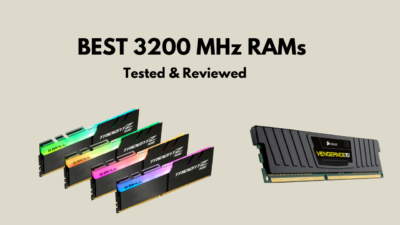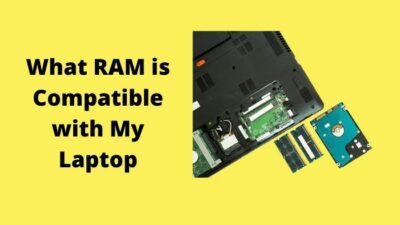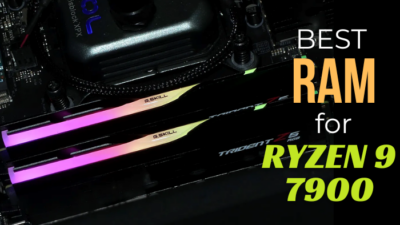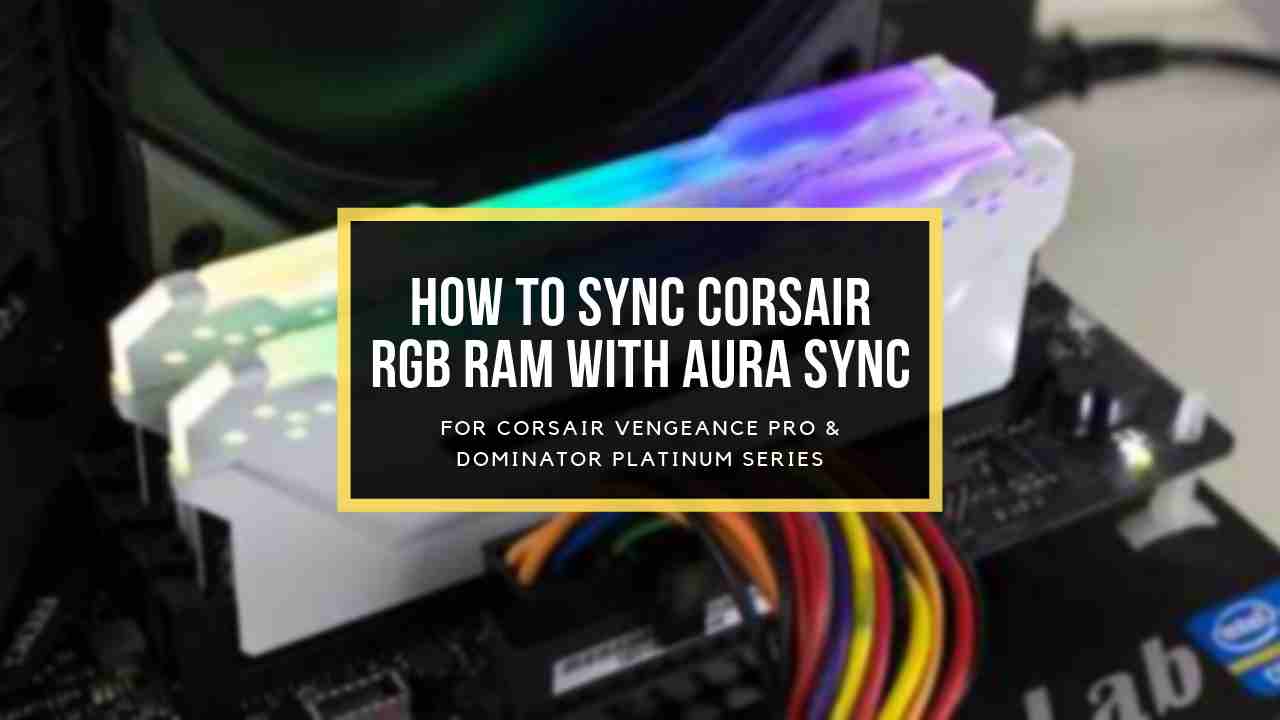When you think about upgrading a PC, one of the first things you consider is adding more RAM. If you built your PC between 2008 and 2014, there’s a good chance you’re using DDR3 RAM with a DDR3-compatible motherboard.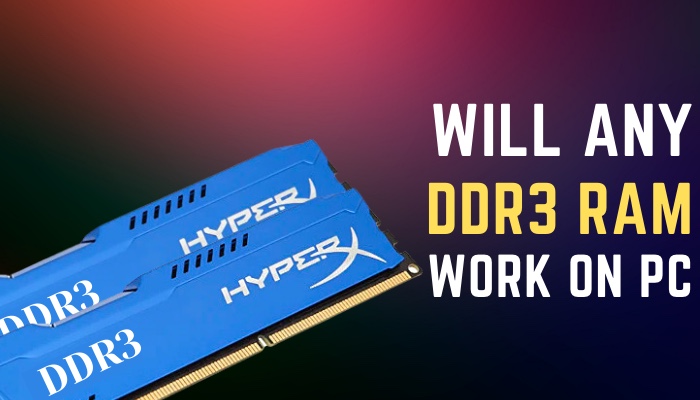
And to get the most out of your upgrade’s synchronization performance, you must first understand the affinity issue. In addition, I’ll discuss how you can add DDR3 RAM to your system and how it will work properly.
Therefore, observe the article to understand which DDR3 RAM will work on your PC.
Will Any DDR3 RAM Perform Best on My PC?
If your motherboard supports DDR3, then only DDR3 RAM will operate on that system. Nothing else. You need to apply a similar type of RAM to operate. So, if you already have DDR3 RAM and you like to upgrade but getting another DDR4 or DDR5 RAM won’t work with your system.
Having said that, DDR3 RAM will perform best if your motherboard and processor are already in identical configurations. Also, your CPU needs RAM to operate.
But how do you realize it supports DDR3 RAM instead of other variants? For that, you need to grasp the idea of RAM and motherboard compatibility, DDR versions, and which one you are running or supporting on your motherboard.
Assuming you have just two slots and want to upgrade at a large margin, you can get rid of the old stick and occupy both slots with higher clock speed RAM. But keep in mind which RAM versions are supported by your motherboard.
Thus, to clear up your confusion, I will discuss how to inhibit the supported DDR edition and other topics to ease your decision-making.
How to Detect Supported DDR Edition for RAM
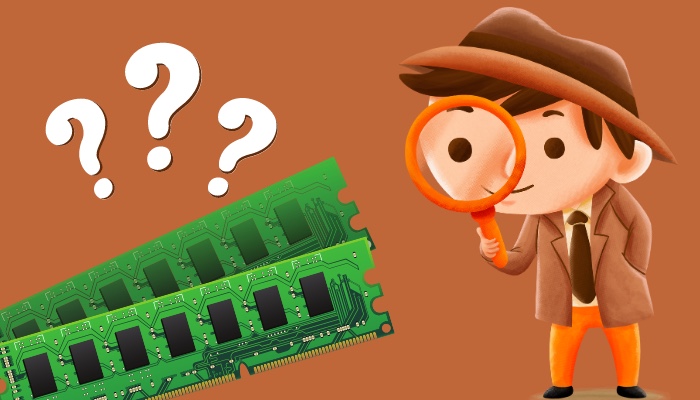
You must recognize the main board, RAM, and processor compatibility versions and which to use when upgrading or troubleshooting. Various variants will impede your machine’s performance. That is why you need to detect the supported edition of RAM.
With the help of System Information and task manager, you can determine which DDR version your motherboard supports and which RAM version is already installed in your system. And remember, Motherboards have no attached components.
First, you need to locate the motherboard manufacturer’s website, where you will find support information. Here is the procedure to find that out.
- Click on the Search Bar from the bottom left corner.
- Search for System Information.
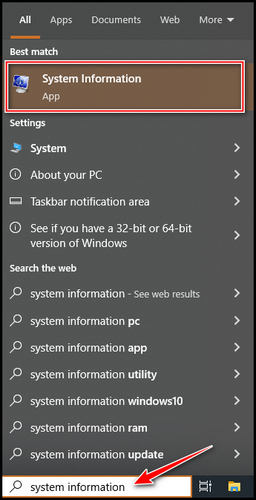
- Click on the System Information to enter the System Summary tab.
- Scroll down and find out BaseBoard Manufacturer.
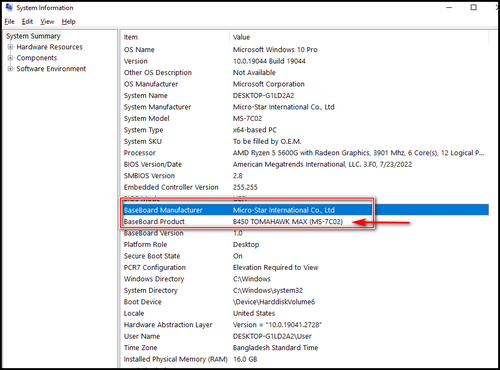
You will find out about the manufacturer and can also check the BaseBoard Product info. Now, search with this information and find details from your manufacturer’s website.
Follow these steps to learn about your RAM types and their specifications:
- Right-click on the Task Bar and go to Task Manager.
- Click on the Performance tab.
- Click on the Memory tab from the left.
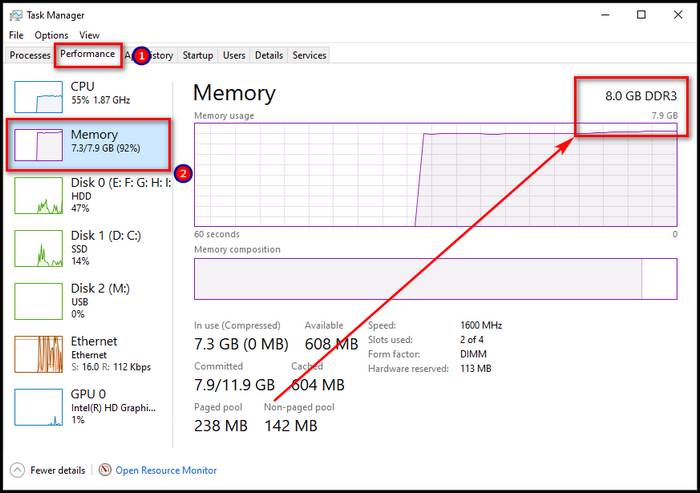
You will find existing RAM details from the taskbar, and if you wish you can change the taskbar orientation on Windows 11.
Also, your RAM types, like DDR3 or DDR4 information, are located in the upper right corner. And at the bottom, you will find the bus speed, how many slots are occupied, and how much memory is used.
You should now understand how to obtain the correct motherboard and RAM specifications. And to find out the compatibility, check the list below.
When you decide to upgrade your RAM, you must understand which technology your mainboard uses. There are five replications of RAM already launched on the market.
However, for your benefit, I’ve arranged all the DDR3 RAM specs below.
| RAM Iteration | Official Name | Transfer Rate | MHz Speed (Data Rate) |
|---|---|---|---|
| DDR3-800 | PC3-6400 | 6400 MB/s | 800 |
| DDR3-1066 | PC3-8500 | 8533 MB/s | 1066 |
| DDR3-1333 | PC3-10600 | 10667 MB/s | 1333 |
| DDR3-1600 | PC3-12800 | 12800 MB/s | 1600 |
From 2007, DDR3 offered some best memory performance while consuming less power compared to the previous iterations. DDR3-1600 RAM was used on my second PC. Which did perform admirably at the time.
Thus, you just find your motherboard is DDR3 compatible, and you wish to upgrade your RAM. But there are so many options, and RAM prices are getting high day by day, even under the DDR3 memory option. Already you’ve noticed there are different MHz speeds and transfer rates for DDR3 memory.
Will All DDR3 RAM Function Together?
In general, if your motherboard is DDR3 compatible, then every version of DDR3 memory will function flawlessly. Even if you get different size sticks for different slots, they will work together. But just with a bit more consideration, you can get some proper performance out of your DDR3 memory.
If you occupied both slots at the same clock speed, the performance would be adequate. You can use different brands as long as the clock speed remains constant and the memory sticks will perform well.
Therefore, you can add any DDR3 RAM to your system, and it will function. There are a few more points to consider because you wish not only the function factor but also the performance. Otherwise, why would you buy memory sticks in the first place?
Features to Concern Before Purchasing Compatible RAM
I always choose to upgrade RAM first. Ram/Memory is an essential component to give a performance boost. My motherboard has 4 slots, and I occupied 2 of them from the first time when I built it. And after that, I bought 2 more sticks of DDR3 RAM.
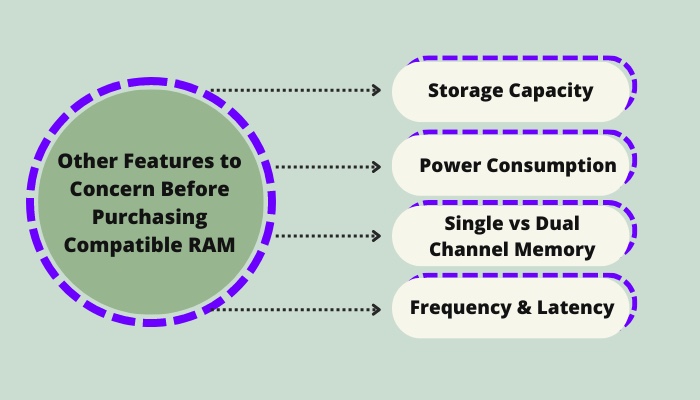
When you are about to occupy extra slots with DDR3 memory, it’s almost mandatory to understand and match the version and bus speed. But there is a little more configuration you can check, and that will help you to get the best performance from the RAM.
So, for your convenience, I compiled the features that you need to be concerned about when purchasing new sticks of RAM.
1. Storage Capacity
Information can be sent and received simultaneously by two sticks. Because larger sticks are more difficult to produce, buying two sticks with smaller capacities typically costs less than buying one stick with double the capacity.
Normally, DDR3 memory capacity is from 4 to 16 GB. A portion of the RAM’s availability is set aside by the BIOS and system software for system-level functions. That’s why, from a single 8 GB memory slot, you can use around 7.2.
There is nothing to be terrified about, and this isn’t really any big matter. This is just a normal, natural concept. So, just don’t be terrified if you find this info yourself in the future.
2. Power Consumption
If you are not concerned about your memory voltage demands, you may encounter a minor but significant problem. Your RAM will function normally, but it will suffer from fluctuating voltage.
3. Single vs. Dual Channel Memory
This is among the most efficient techniques for maximizing the performance of memory sticks. Most motherboards include dual channels. It’s better to gain some idea about RAM’s memory channel.
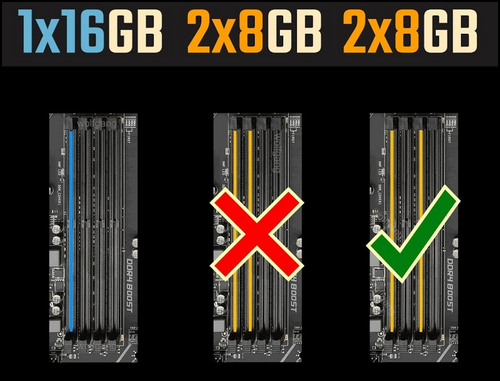
Perhaps you purchase a 16 GB memory stick for your system. It will work fine if you get two 8 GB DDR3 modules. That will perform even better under high pressure, such as rendering or gaming.
That is why, if possible, it is always preferable to occupy both slots. This will result in improved performance in every way.
4. Frequency & Latency
“A RAM stick’s utter latency is calculated by dividing the shared clock speed by two.” That is how connectivity frequency and latency are evaluated. When upgrading RAM, if you combine two types of MHz speed memory sticks, your machine will use the lowest MHz.
Perhaps you have 1333 MHz DDR3 RAM in your system. And you get another stick of 1600 MHz DDR3 RAM. Both of the variants are the same, but the MHz speed is different. It seems like they are both working fine, but under heavy pressure, you will find the inconvenience.
For this reason, when you get another DDR3 Memory for your system, double-check the frequency and latency and get the proper matched one.
Consequently, if your motherboard supports or is compatible with DDR3, then you can get any DDR3 memory.
FAQs
Is DDR3 RAM obsolete?
There are still many systems built with DDR3 RAMs. But the production stopped, and DDR5 is now the mainstream go-to choice for new builds. So, yes, DDR3 RAM is obsolete in most ways.
Is DDR3 and DDR4 RAM Compatible?
Not really. DDR3 and DDR4 are different generations of memory modules. They are not compatible with each other.
Can you blend separate RAM MHz Speeds?
You can, and it will seem like working fine, but it will create problems for your system. Under heavy loads like rendering or heavy games, you will face the issue more frequently. That’s why it’s better not to follow that route.
Can you use RAM Modules of different brands?
As long as you keep the generation, storage size, and MHz speed the same, you can use different brands together. And it will pose no harm or lack to your performance.
Final Thoughts
Now, you realize that you can utilize any type of DDR3 RAM if your motherboard and CPU are DDR3 compatible. You can get any DDR3 RAM, just avoid combining memory modules from different generations.
Get your desired DDR3 RAM, but be careful about the MHz speed and other factors I specified in the article. And by following the facts, you can get the best memory performance out of our system.

